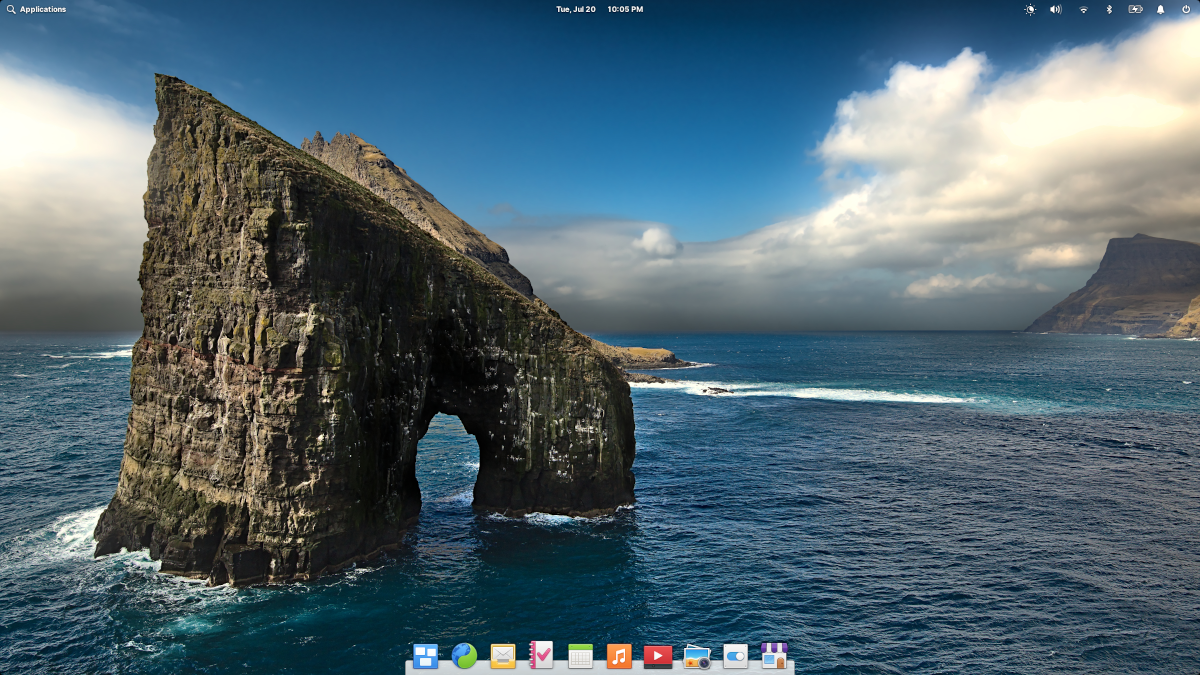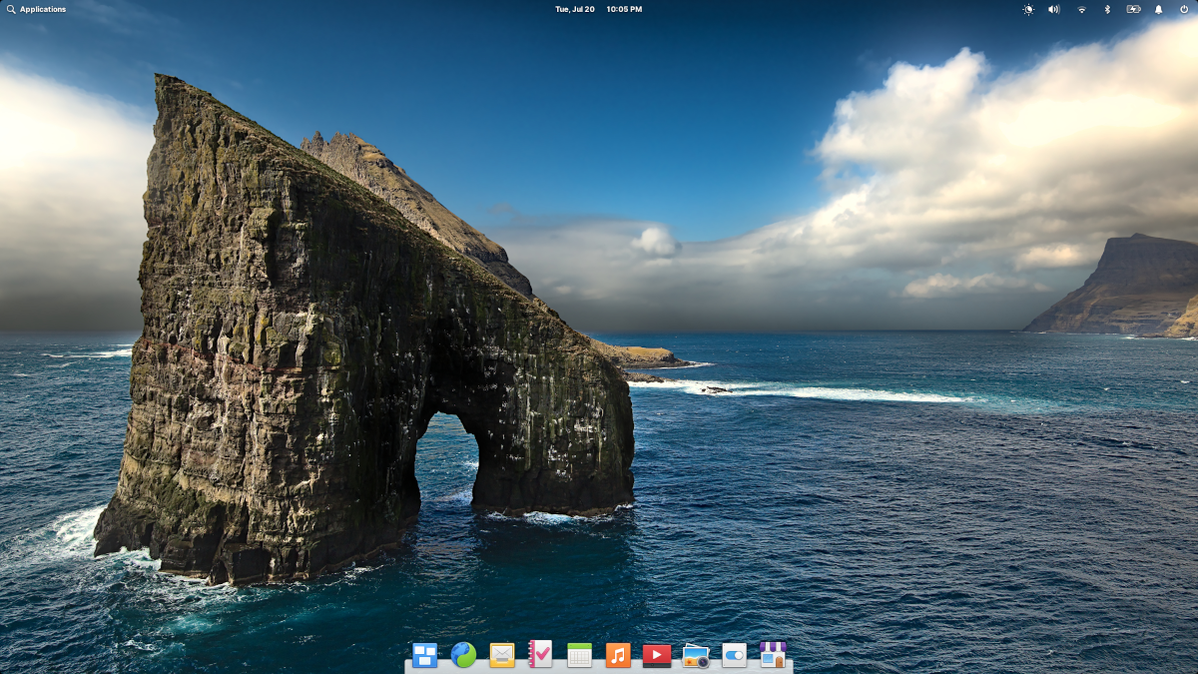
There are many Linux distributions (distros) that people claim are good replacements for Windows or macOS. But there are few that have that explicit goal, other than elementary OS, whose sixth major release, whose sixth major release, “Odin,” was released on August 10, 2021.
The focus with Odin is on empowering people to be in control of their PC, including additional privacy controls, upgrades related to ease-of-use and inclusivity, and other minor new features. If you’ve been thinking about switching to Linux or looking for a new distro to call home, here are the highlights of elementary OS 6.
What Is elementary OS?
Elementary OS is one of numerous Linux distributions based on Ubuntu, the classic “starter” distro and one of the most popular distributions for home users.
Elementary uses the latest version of Ubuntu LTS (long-term support). In this case, that means Ubuntu 20.04, released in April 2020. Ubuntu LTS versions are supposed to be more stable than other versions, while the developers refine Ubuntu in the releases leading up to each new LTS version.
Elementary OS then takes this Ubuntu base and adds its own modifications to the OS to make it even easier to use. On the surface, you really wouldn’t know that elementary is based on Ubuntu. It has a completely different visual interface using a macOS-style dock versus the left-hand taskbar style of Ubuntu. The desktop environment itself is called Pantheon and is elementary’s own design.
Elementary OS also has its own AppCenter (the built-in app store), and most built-in apps are also customized. It has a custom-built text editor called Code, for example. Code is aimed at developers, but anyone can use it with ease.
New Features in elementary OS “Odin”
While Ubuntu takes its version nicknames from animals, elementary OS borrows names from mythology. Odin is the principal god in Norse mythology and the father of two sons including Thor, the God of Thunder. Prior to Odin, elementary released versions of its OS under names such as Hera, Juno, Loki, Freya, Luna, and Jupiter.
AppCenter Using Flatpaks
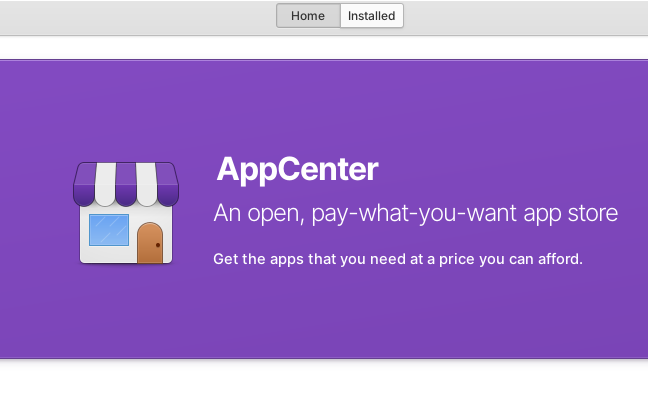
With Odin, elementary has gone 100 percent Flatpak for apps in AppCenter–a company goal since April 2019. Flatpak is a package manager specifically for apps. Flatpak’s big appeal is that it runs apps in sandboxed containers that are separate from the rest of the system–a similar goal to Windows Store apps on Windows 10 and Mac App Store apps on macOS. The idea is that these kinds of apps increase privacy and security by restricting how much they can interact with the rest of the system.
When you install a third-party app in elementary OS 6 via the AppCenter, you’re using the Flatpak container system. The company says several built-in apps for the system are also Flatpak packages but doesn’t specify which ones.
If you need something that’s not available as a Flatpak, the Terminal in elementary OS also has the Apt package manager built-in.
One thing to clarify is that while elementary OS uses Flatpak, it does not use Flathub, which is the official third-party store for Flatpak applications. AppCenter is a separate store with a curated selection specifically for this distro and suggested pricing set by the developer. You’re encouraged to pay on AppCenter, but you don’t have to if you can’t afford it. Right now the AppCenter selection is fairly small, and you could find the need to turn to Flathub.
If you want to install something from Flathub it’s just as easy as installing something on macOS or Windows. elementary installs Flatpak apps with its Sideload utility, which isn’t a separate app but part of the system. When you double-click on a Flatpak installation file, Sideload starts up much the same way that double-clicking an EXE file on Windows or a DMG file in macOS will launch an installation process.
Portals: App Permissions for Linux
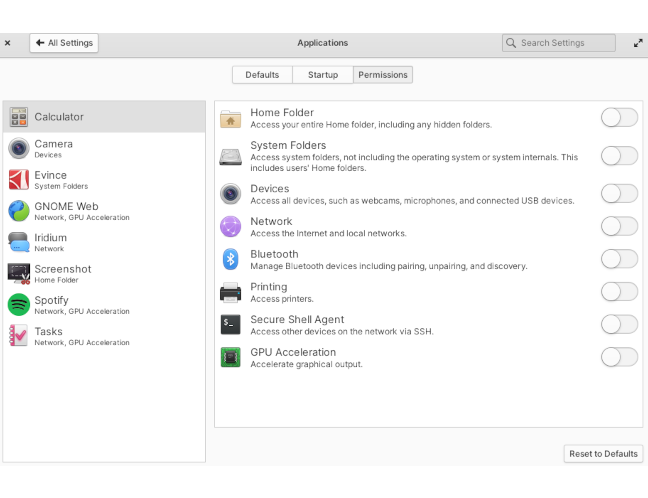
Related to the new Flatpak apps is a new privacy-centric feature called Portals. This is found in Settings > Applications > Permissions. Here you can see exactly which system access permissions each app wants, and then turn them on or off as required. Portals cover permissions for built-in apps, apps from AppCenter, and anything installed with the Sideload utility.
New Installer Method and Dark Style
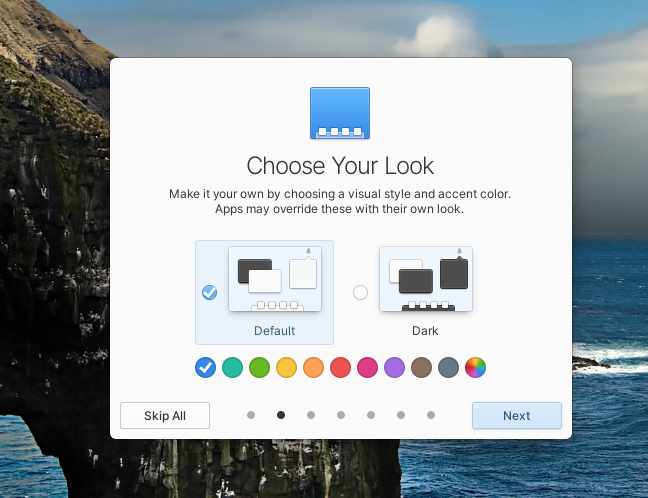
Elementary OS has a new installation method, which is quite nice. The idea is to get the OS installed first before worrying about things like connectivity, user accounts, and updates. It doesn’t necessarily make things go any faster, but it does mean you don’t really have much to do until the installation is complete.
Another useful feature in any OS is dark mode, and elementary OS has got one now. You can use it full-time, or you can set the OS to go dark mode at sunset, similar to a night light feature. Third-party apps are not forced to follow the dark mode preference to avoid accidental breakage, but they are encouraged to do so. The system and default apps, however, will follow the dark mode setting. There are also 10 new color accents, and you have the new Odin wallpaper as seen at the top of this article.
Multi-Touch and Notifications
For laptops and tablets, elementary OS is rocking multi-touch for tablets and laptop touchpads. There’s nothing innovative here, and this is mostly about feature catch-up with other platforms. A three-finger swipe up, for example, opens a multitasking view to see open apps and workspaces.
You can also use multi-touch to swipe through paged layouts, go back in a web browser and other apps, or switch users on the login screen. You can turn on multi-touch by going to System Settings > Mouse & Touchpad > Gestures.
Desktop notifications also got a boost in OS 6 with badges, and action buttons that let you deal with your notification right from the pop-up.
The Other Stuff
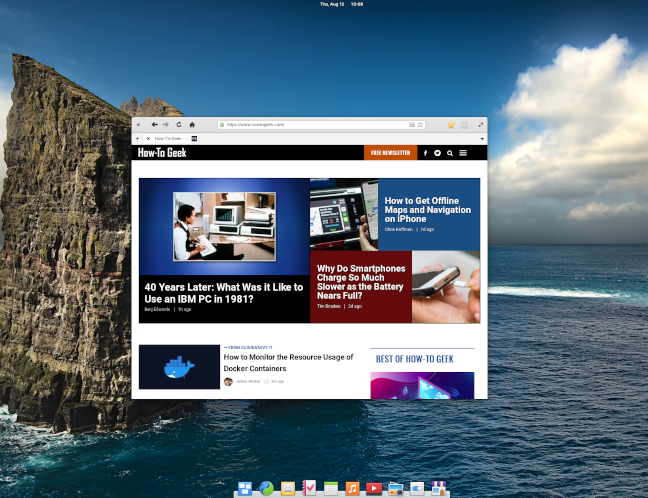
Those are the major and most noticeable changes, but there are a ton of others in Odin. The web browser, known simply as Web, is now loaded with “intelligent tracking protection” and ad blocking—both are enabled by default. There’s also a new reader mode in the browser, and the mail app uses web process sandboxing for each message reducing security threats.
There’s a revamped Camera app. The elementary team has spent a lot of time on it, as many of the most recent version updates have come with new changes to Camera.
The Code text editor now has improved Git integration including the ability to switch and create branches. Code also has new and improved Vim commands, for those who can’t type a sentence without first hitting the “i” key.
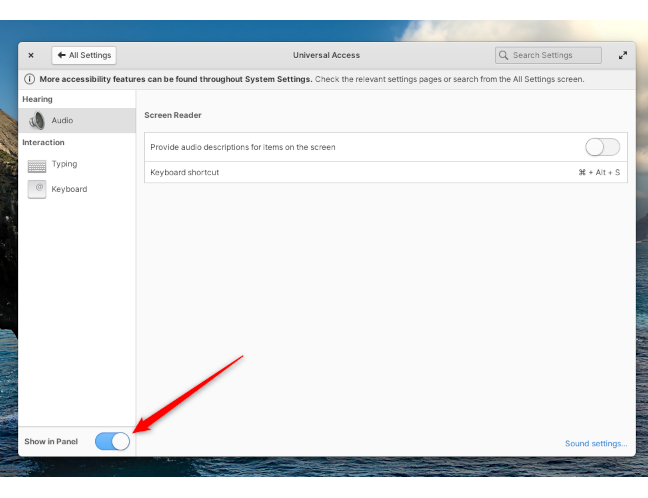
There’s a new Universal Access indicator making it easier to find these features on the desktop such as the screen reader and on-screen keyboard. This isn’t activated by default, but you can turn it on by going to System Settings > Universal Access > Show in Panel.
Other accessibility options a new dyslexia-friendly text option, as well as more text size scaling options. There’s also a brand new font called Inter, by Rasmus Andersson, which elementary says is a typeface “designed for computer screens.”
Getting Started With Odin
Be sure to read the official announcement for more details on elementary OS 6.
Overall, Odin’s new additions are mostly about making elementary OS work and look better. It’s an excellent distribution overall and one well worth considering if you’re tired of your current distro, or just want to make the jump to Linux without too many complications.
The only wild thing to watch out for is that elementary OS doesn’t have a minimize button on its windows if you want to banish apps to the dock. Instead, you have to use Windows+H (for “hide”) to minimize.
Similar to AppCenter, elementary offers a suggested pricing of $20 for elementary OS. Again, this is only suggested pricing and not a requirement to start using this fantastic Linux-based operating system. You can change your purchase price to zero if you prefer, download the distro and write it to a USB, and try it out!
